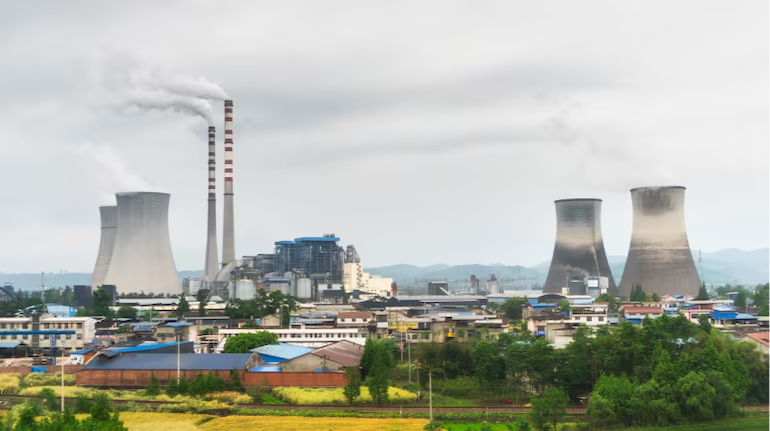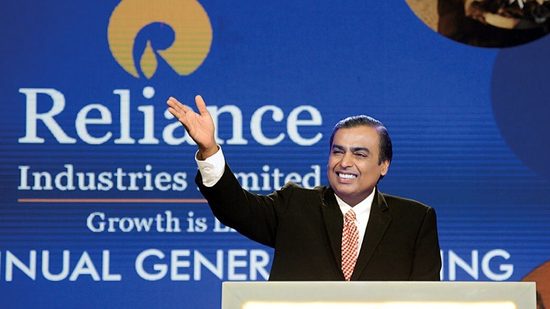After calling up hundreds of thousands of reservists in a month and dispatching more than a quarter of them to the battle lines during a divisive mobilization campaign that was its first since World War Two, Russia said on Friday that it has finished calling up reservists to fight in Ukraine.
US military assistance to Ukraine under the Biden administration will now total more than $18.5 billion after the country received an additional $275 million in military aid, including weapons, ammunition, and equipment from Pentagon stockpiles.
According to U.S. Secretary of State Antony Blinken, Washington is striving to give Ukraine the necessary air defence capabilities, with the first two highly advanced anti-aircraft NASAMS systems scheduled to arrive in the nation next month.
He claimed that in order to permit the supply of their own air defence systems to Ukraine, the United States was also collaborating with allies and partners.
Volodymyr Zelenskiy, the president of Ukraine, expressed doubt that Moscow had called up all of its troops.
He claimed that the Russian military “are so badly trained and equipped, so cruelly used by their command, that it permits us to infer that very soon Russia may need to deploy a fresh wave of people to the war.” in his nightly televised address.
Tens of thousands of men have fled the country as a result of the controversial mobilisation push, which also gave rise to the first long-lasting public protests against the war.
“You had to mobilise 300,000 people, and that has been done. No additional actions are anticipated, “President Vladimir Putin was informed by Defence Minister Sergei Shoigu during a live meeting in the Kremlin. He claimed that 82,000 people had already been deployed to the area of conflict and the remaining people were in training.
For their “dedication to duty, patriotism, and firm determination to defend our country, to defend Russia, which means their home, their family, our compatriots, and our people,” Putin commended the reserve personnel.
Both men said there were “issues” in the beginning of the call-up. Initial problems with providing newly mobilised troops, according to Shoigu, have since been rectified. Putin stated that while mistakes had likely been expected given how long it had been since Russia had mobilised, lessons had been learned.
The majority of Russians saw a direct personal impact from the “special military operation” Putin initiated in February for the first time with the mobilisation he ordered last month after his soldiers suffered significant battlefield reverses.
More than 2,000 individuals were detained during anti-mobilization demonstrations, particularly in regions of Russia where ethnic minorities were present. These groups claimed they were unfairly singled out for deployment to the front.
ESCALATION
When he approved of the plans to annex Ukrainian areas, Putin ordered the call-up. The West portrays those actions as an escalation in response to failures on the battlefield that demonstrated Russia was likely to lose the conflict.
According to Western military observers, the call-up could help Moscow fill manpower gaps along the front line’s 1,000 km (600 miles), but the draft’s military effectiveness will depend on whether Moscow can adequately equip and train the reservists.
‘Ukrainian troops gain full control’
In the meantime, Kiev has kept advancing. Serhiy Gaidai, the governor of the Ukrainian region of Luhansk, declared on Friday that Ukrainian forces had essentially taken complete control of a crucial route that linked Svatove and Kreminna, two significant cities considered to be the next major battlefront in the east. Reuters was unable to independently confirm the claim.
The largest city that Russia has successfully held intact since its invasion in February is Kherson, which Ukrainian forces have advanced toward this month in the south. Moscow, which has authority over land routes to Crimea since 2014, is located at the mouth of the broad Dnipro River, which divides Ukraine in half.
However, the Ukrainian advance seems to have stalled recently, and Kyiv attributes this to bad weather and difficult terrain.
North of the city, soldiers positioned in muddy trench lines traded artillery, rocket, and mortar fire.
Less than a kilometre away, Ukrainian soldiers operating a 120 mm mortar hidden in bushes blasted Russian positions near a grain silo with high explosive rounds in thundering bursts of flame.
The Russians were utilising the silo for cover and observation, according to Hennadyi, 51. It protruded like a finger above a large fieldy area, with a smoke column trailing behind it.
Hennadyi claimed that due to the structure’s significance to the surrounding agricultural area, Ukrainian gunners were concentrating their fire on Russian armoured vehicles and ammunition hidden behind the silo. But he said that they lacked sufficient shells.
During the exchange of shells, he said, “They send back five for every one we send.” “The majority of the time, they fire at us.”
On the west bank of the Dnipro, where Kherson city is located, Russia occupies a small area, and it has ordered all civilians to leave. Kiev claims the evacuation is a pretext for Russian forces to transfer residents forcibly; Moscow disputes this.
Prior to Ukraine’s anticipated counteroffensive, Sergey Aksyonov, the leader of Crimea, claimed that work on relocating citizens who were trying to leave Kherson to regions of Russia had been finished.
According to the general staff of Ukraine, additional Russian personnel were being stationed in empty residences while medical and commercial equipment was being taken from the region.
Putin’s escalation in recent weeks has also included a new campaign to bombard Ukrainian civil infrastructure targets, mainly electrical substations, with missiles and suicide drones produced in Iran.
According to Kyiv, the strikes constitute a premeditated war crime and are meant to freeze Ukrainians in the winter. According to Moscow, retribution for Ukrainian acts, including the explosion on a bridge leading to Crimea, is permissible.
A missile hit a large crater outside a bakery in Mykolaiv, a major Ukrainian-held city close to the Kherson battle line, throughout the course of the night. According to the staff, two people were injured by flying glass.
“We were presumably left deaf by the blast at first because we could not hear anything. Once we started shouting out to one another, we eventually found each other “Baker Oksana Illyenko described the explosion to Reuters.
Know More About, Investors may now transact in gold similarly to shares with the launch of ERGs (moneynotsleep.com)







Comments are closed.